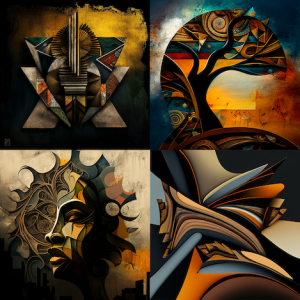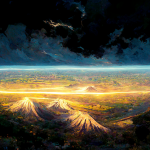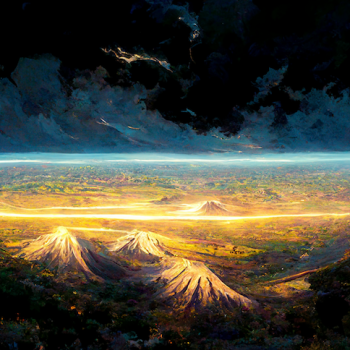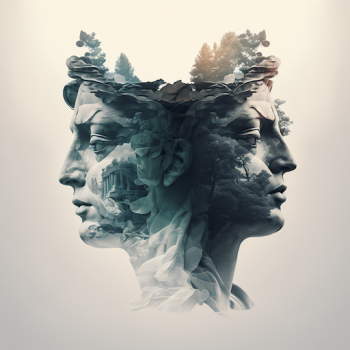
Unraveling the intricate relationship between art and our understanding of ourselves and the world around us
Introduction
Art has long served as a powerful medium for exploring the human condition, providing insights into our emotions, beliefs, experiences, and the complexities of the world in which we live.
Through various forms of artistic expression, artists can delve into the depths of the human psyche, shedding light on universal themes and experiences that resonate with audiences across time and cultures.
Let us examine the role of art in exploring the human condition, highlighting its ability to foster empathy, provoke thought, and inspire personal growth and transformation.
Art as a Reflection of the Human Condition
- Emotional Exploration
Art allows for the exploration of the full spectrum of human emotions, from love and joy to grief and despair.
By tapping into these emotions, artists can create deeply evocative works that resonate with the experiences and feelings of their audience.
This emotional connection can help individuals better understand and navigate their own emotions, fostering empathy and emotional well-being.
- Social and Political Commentary
Art can also serve as a platform for social and political commentary, addressing issues such as inequality, oppression, and the environment.
By engaging with these topics, artists can challenge societal norms and inspire change, providing a unique perspective on the human condition and our place in the world.
- Existential Questions and Philosophical Inquiry
Art has long been used as a vehicle for exploring existential questions and philosophical inquiry, delving into themes such as the nature of existence, the meaning of life, and the role of individuals within society.
Through artistic expression, artists can grapple with these complex issues, encouraging audiences to ponder their own beliefs and values.
Art as a Catalyst for Personal Growth and Transformation
- Self-Reflection and Self-Discovery
The creation and enjoyment of art can facilitate self-reflection and self-discovery, allowing individuals to explore their identities, beliefs, and experiences.
By engaging with art, we can confront and process difficult emotions, fostering emotional resilience and a greater understanding of ourselves and our place in the world.
- Empathy and Connection
Art can cultivate empathy and connection by allowing us to experience the emotions and perspectives of others.
Through the shared experience of engaging with art, we can develop a deeper understanding of and connection with others, promoting emotional well-being and a sense of belonging.
- Inspiration and Creativity
Art can inspire and ignite creativity, encouraging individuals to explore their own artistic talents and express themselves in new and innovative ways.
This creative exploration can contribute to personal growth and transformation, as individuals discover new aspects of themselves and the world around them.
Conclusion
Art plays a critical role in exploring the human condition, providing a unique lens through which we can better understand ourselves, our emotions, and the complexities of the world in which we live.
By engaging with art in its various forms, we can foster empathy, provoke thought, and inspire personal growth and transformation.
As we continue to delve into the rich and diverse world of artistic expression, let us remember the power of art to shed light on the human condition and the countless ways it enriches and deepens our understanding of ourselves and our world.













